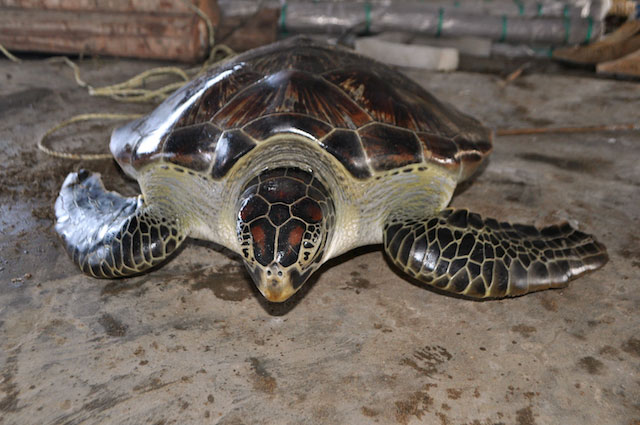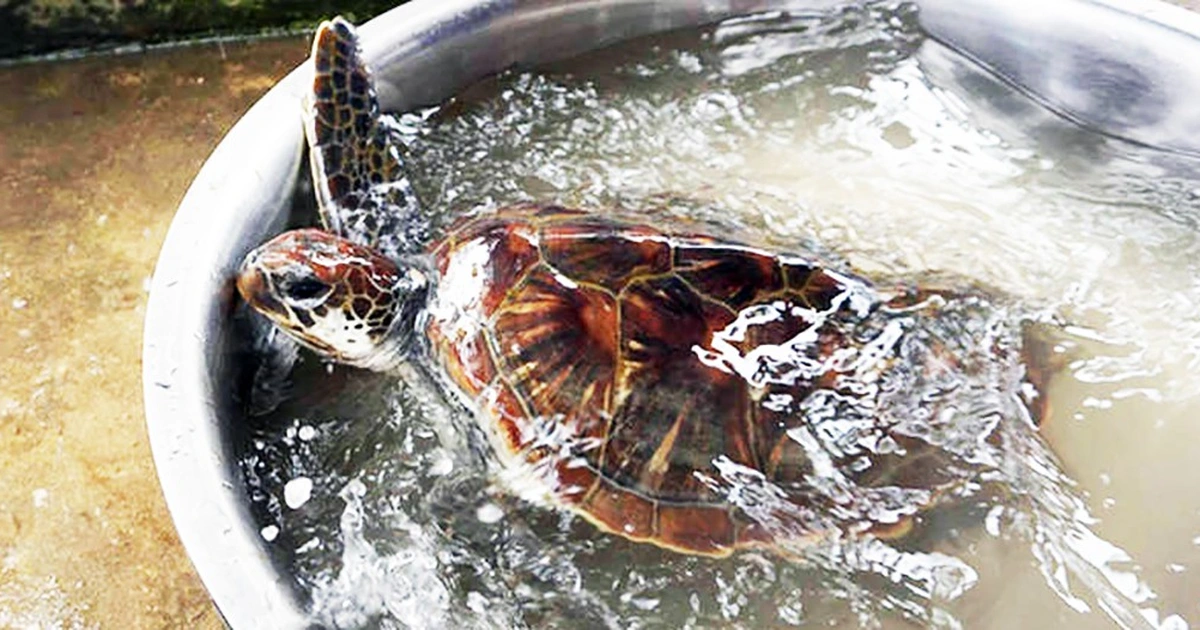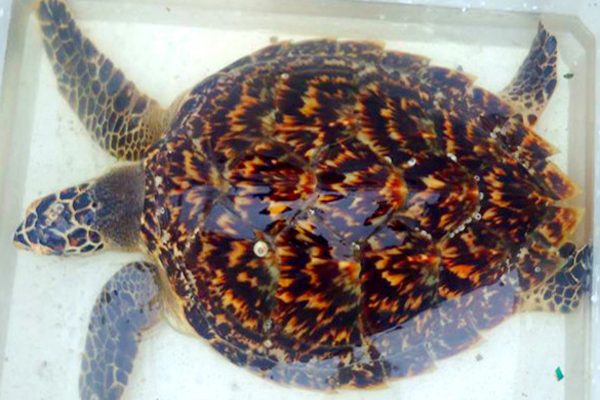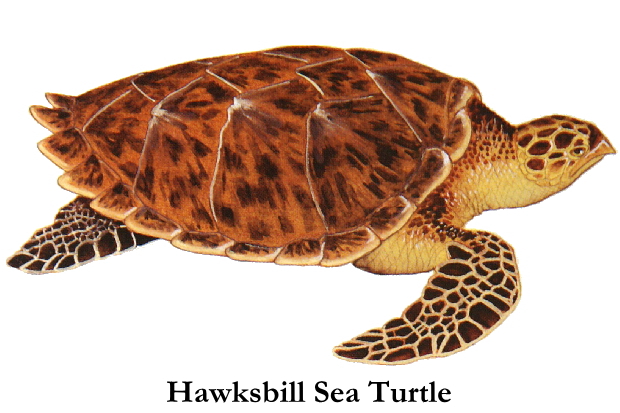“The Endangered Hawksbill Turtles: Facing Extinction Due to Human Activities”

Meet the hawksbill turtles, scientifically known as Eretmochelys imbricata. These magnificent creatures call the tropical seas of the world their home. However, their existence is hanging by a thread, threatened by human activities. In the span of just a century, their population has plummeted by a staggering 80%. Despite the relentless efforts of wildlife conservation organizations to safeguard them from extinction, human actions continue to pose a grave danger. Consumption of their eggs as food, hunting for their meat, and harvesting their valuable shells persist.


The International Union for Conservation of Nature (IUCN) classifies them as critically endangered, with international regulations like CITES (Convention on International Trade in Endangered Species of Wild Fauna and Flora) banning hunting and trade of their products for any purpose. The coastal waters of Vietnam have endured the strong impact of human activities for decades. Sea turtles, along with their eggs, have been exploited for food, traditional medicine, and artistic craftsmanship. Among the increasingly rare species, the hawksbill and leatherback turtles face the greatest threats.






